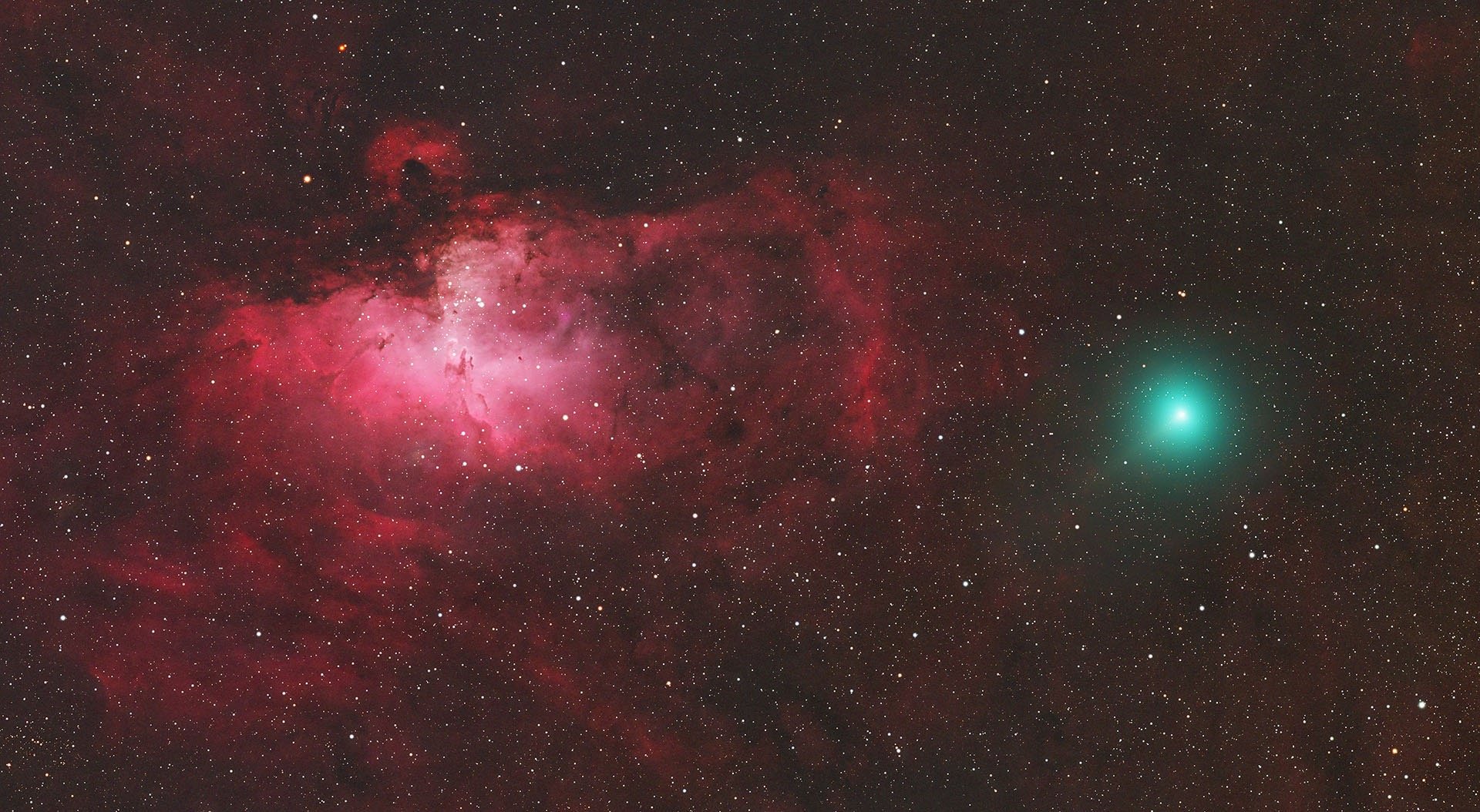What size should web image be?
With the introduction of the "netbooks" and smart phones, I was curious to revisit the most common screen resolutions currently being recorded by web browsers and those data mining groups that do such things. One report I found lists 36% of surfers are using 1024x768 in January 2009, down a bit from 2008. Where is the move? To higher resolutions. The report only lists resolutions higher than 1024x768 and that percentage is 57%. But are we possibly seeing a move back to smaller screens? Do the data mining groups account for web browsing on smart phones? I know that I look at images on an iPhone, Macbook Pro, and a 24" Apple Cinema display. I have looked at the netbooks and can't say that they catch my fancy at the present time. A quick look at one of the HP netbooks (N270) shows it sporting a 1024x576 screen resolution. Will netbooks find a strong foothold in the marketplace? Another consideration for how large of an image to post to the web is how much of an image do you want your audience to view. I personally always want the entire image showing with no zoom effect. Why? I take great care on the entire composition of the image and want the image always viewed in its entirety. To me, posting a larger than 1024 image on the web would be like Ansel Adams only allowing you to view one of his prints from a distance of 6" away. There is a proper viewing distance for all images and one should consider that even for web presentations. Now I do understand that some browsers can re-size the image to fit the window, but I really don't want to rely on that effect 100% of the time. So at the present time I have chosen to post images with a long side of 1000 pixels with some modifications for portrait orientation. To me that hits the sweet spot of fitting nearly every screen resolution out there (93%)and presenting the image in its entirety to the viewer. So that is my take on proper image size in June 2009. I hope to revisit the issue as time passes to see where screen resolutions may go into the future.
An Orion experiment

Now this is simply crazy. I had some Orion Nebula data from WSP that I basically captured on a whim. So in reviewing the data in Light Room I wanted to see just what the new techniques could bring out of this data. Let me state up front that this is simply not enough data to get what I eventually want out of this image. But, it is a great exercise in seeing exactly what the technique can do with very limited amounts of data. I selected 11 of the best frames captured on the Canon 450D and TMB 92SS combination. I optimized each image in LR 2.2 and exported to tiff. I used Images Plus and Sigma clip for the alignment and combination and then processed as normal in PS3. Now one other major error on my part, not that the clouds at WSP had anything to do with it, was that I failed to capture shorter exposures to compensate for the over-exposed core of M42. So I did plug in some old data from other instruments for the core of M42 in this image. There is a fair amount of noise reduction via Noise Ninja applied to the shadow areas. So for only 40 minutes of data with a lowly DSLR, I am very happy with the potential to really capture the Orion Nebula area as I hope next year. My expectations are that two hours of data at ISO 800 will be wonderful data to work with and accomplish my imaging goals. Please drop me a line if you have any questions or comments and I hope you enjoy the image.
The Globular Cluster of Stars

What contains over 5 million solar masses, has about the same mass of the smallest whole galaxies, and is the second brightest globular cluster in the local group of galaxies? The globular cluster known as Omega Centauri or NGC 5139 is the answer. This image was captured along the beaches of the Florida Keys during the Winter Star Party in February. (Please click on the image for a larger presentation.)
The image was taken with a relatively short focal length telescope at 400mm. This view is very close to approximating the view through a nice pair of astronomical binoculars. That is my favorite way to view this object as the sparkling cluster shimmers against a backdrop of dark space. For more information on the object please see
http://messier.obspm.fr/xtra/ngc/n5139.html.
The image information is: captured with a modified Canon 450D, 11 frames of 3.5 minutes each at ISO 1600 on a TMB 92mm telescope at f5. The mount used was an Astro-Physics 400GOTO. All processing in Adobe Lightroom and Photoshop. Please contact me if you have any further questions and I hope you enjoy the image.
If you are ever at a southern location in northern hemisphere winter, please do yourself a favor and gaze through a pair of binoculars at this heavenly site.
Jeff's Blog
Join me on photography journeys from desert landscapes to deep sky wonders.



















